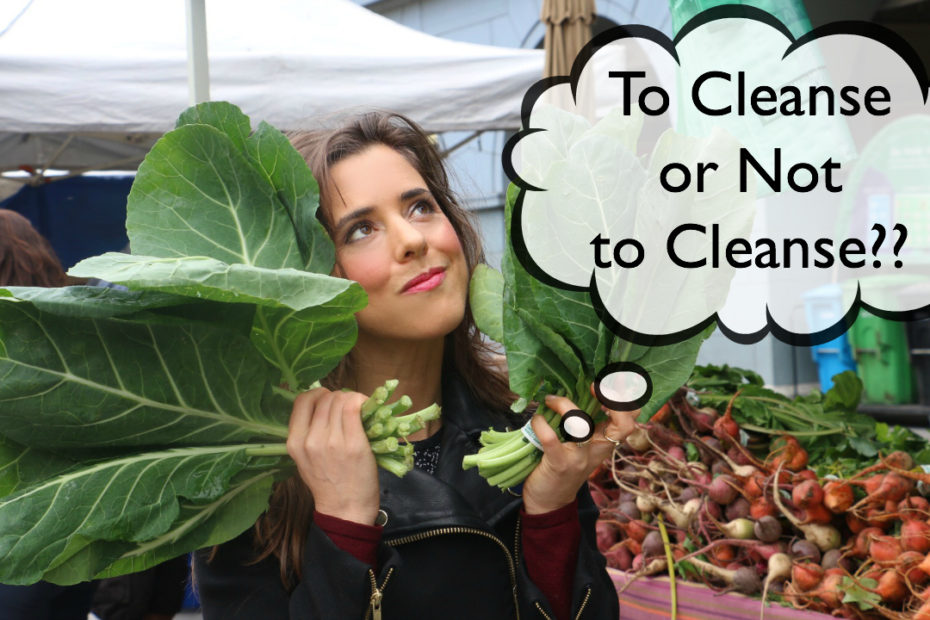To Cleanse or Not To Cleanse? that is the question often asked……. in our environment we are constantly exposed to toxins and these toxins build up in our bodies and make it harder for our bodies to do their job. Even when we eat all organic, toxins are everywhere; in the air we breathe, air flight travel, plastics, our water, pesticides from that one restaurant meal last week that uses Sysco Food, pets, cleaning supplies, public washrooms and the list goes on. Even our mind and thoughts can get acidic and toxic. Perhaps you have heard of the phrase ‘toxic shame’. Doing a purge of unhealthy thoughts or starting a new exercise regime is a healthy practice for mind, body and soul.
When To Cleanse?
If you suffer from any of these symptoms:
- inflammation or joint pain
- depressed or mood swings
- halitosis (bad breath)
- fatigue or lethargy
- indigestion, bloating, diarrhea
- bad body odor &/or stinky feet
- buildup of ear wax
- excessive mucus
- get sick often
- drinking too much alcohol & feeling it
- excessive weight
- brain fog
- itchy nose or anus
- strong fecal odor or sulfur smell
- suspicion of parasites or candida, travel to foreign countries
- headaches
- skin problems
Cleansing is a reducing practice meaning the practice of cleansing reduces toxins, weight, mucus (which is the heavy earth element of Kapha) and alleviates heat from the liver (pacifying Pitta) which can show up as skin rashes and acne.
When NOT To Cleanse?
a. If you are going to be traveling either during or immediately following the cleanse. It is best to cleanse at home or in a safe environment and not travel for 2 days after your cleanse is over so that you can transition food back into your diet effectively and establish healthy routines.
b. If you experience high Vata symptoms of constipation, anxiety, daily overwhelm or insomnia. If you have high Vata consider: 1. getting an Ayurvedic consultation with Deva or another local practitioner 2. doing some tonification and building protocols instead of reducing practices such as cleansing and weight loss programs 3. eat Vata pacifying foods such as butternut squash soup, sesame milk, steamed veggies, baked sweet potato and quinoa. We can provide these foods as well in this program and you can still do a light cleanse program of tonification. Once your Vata is pacified then raw living foods such as kale salad, green goddess dressing and chia seed pudding are better absorbed. With high Vata it is best to cleanse in the warmth of spring and summer.

